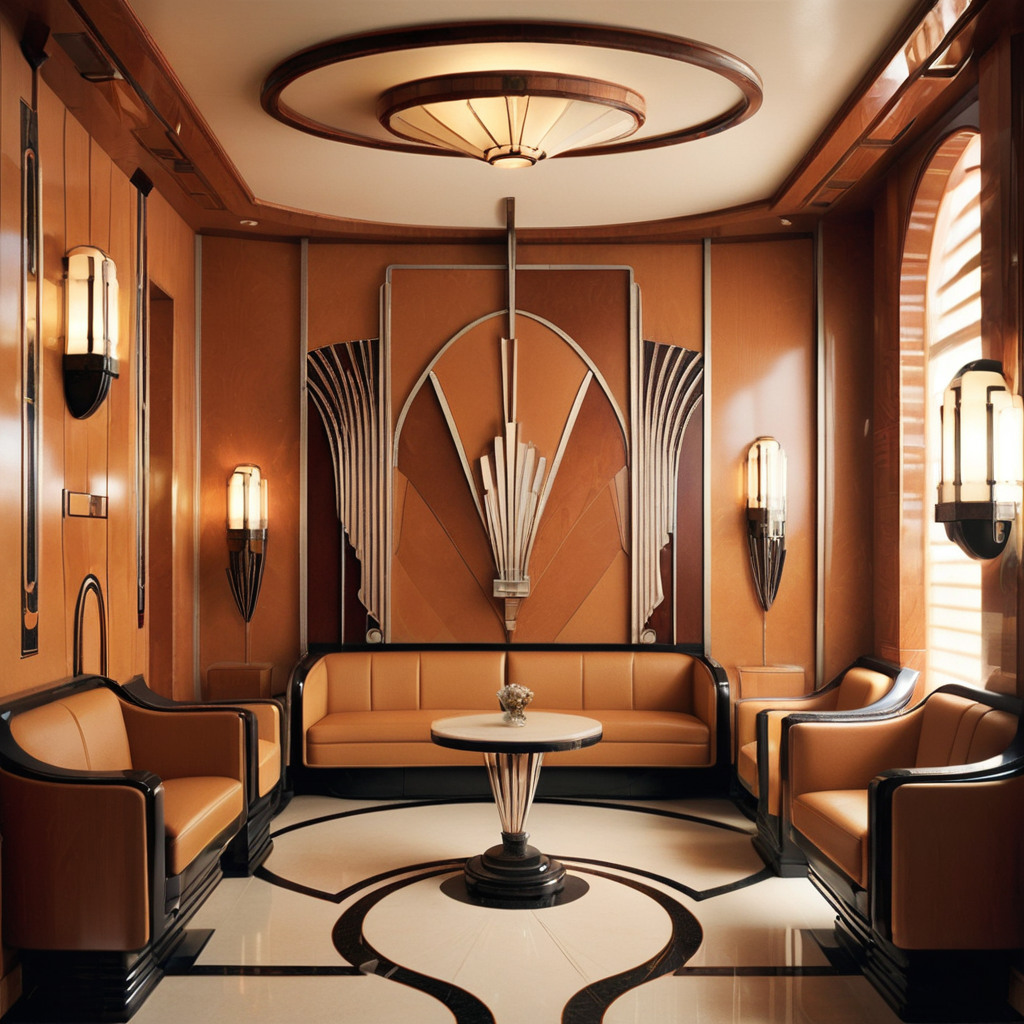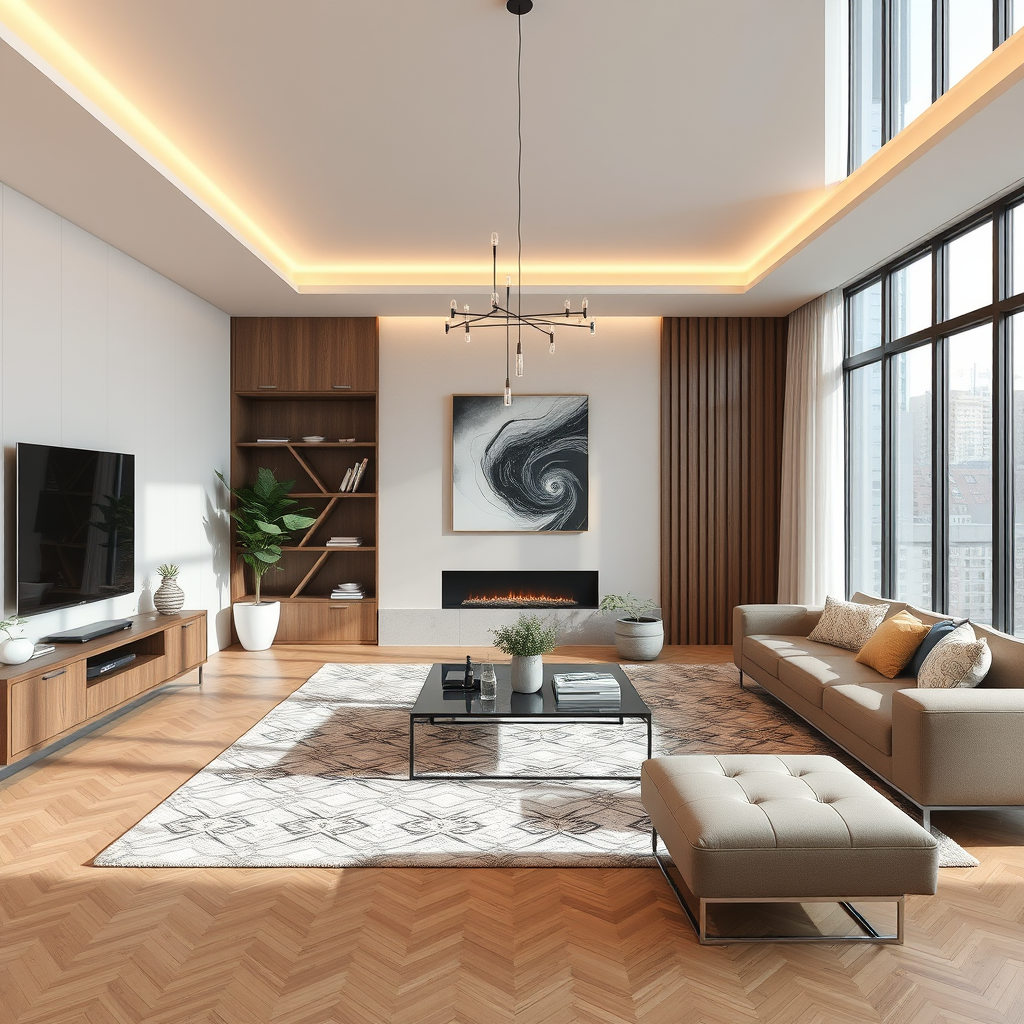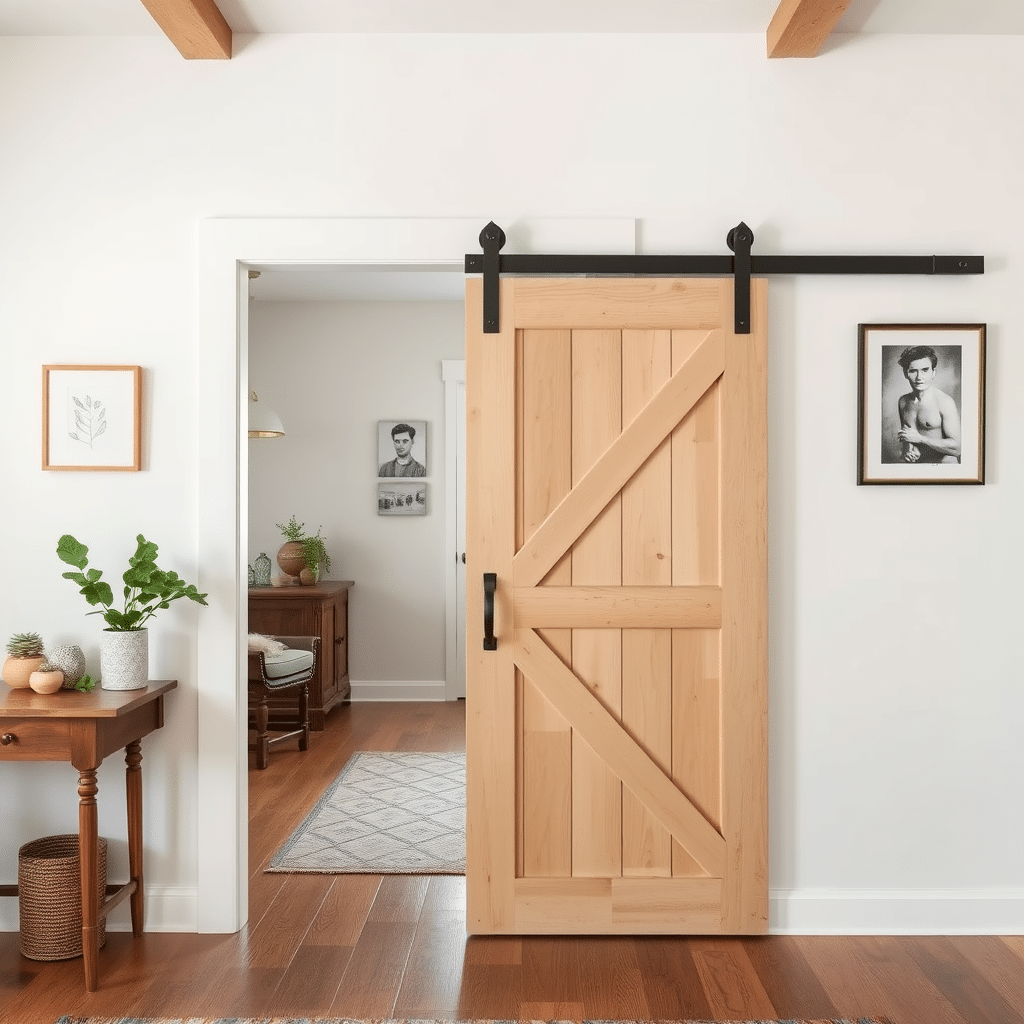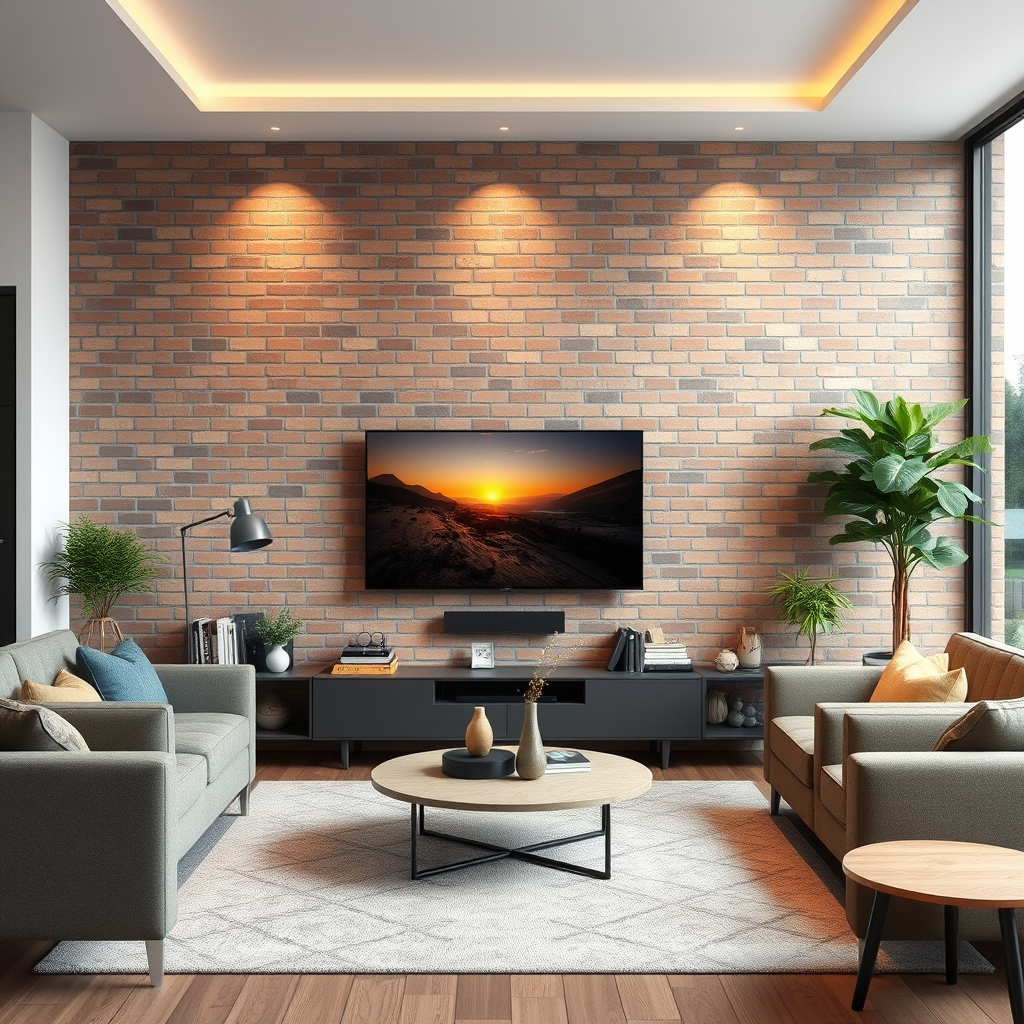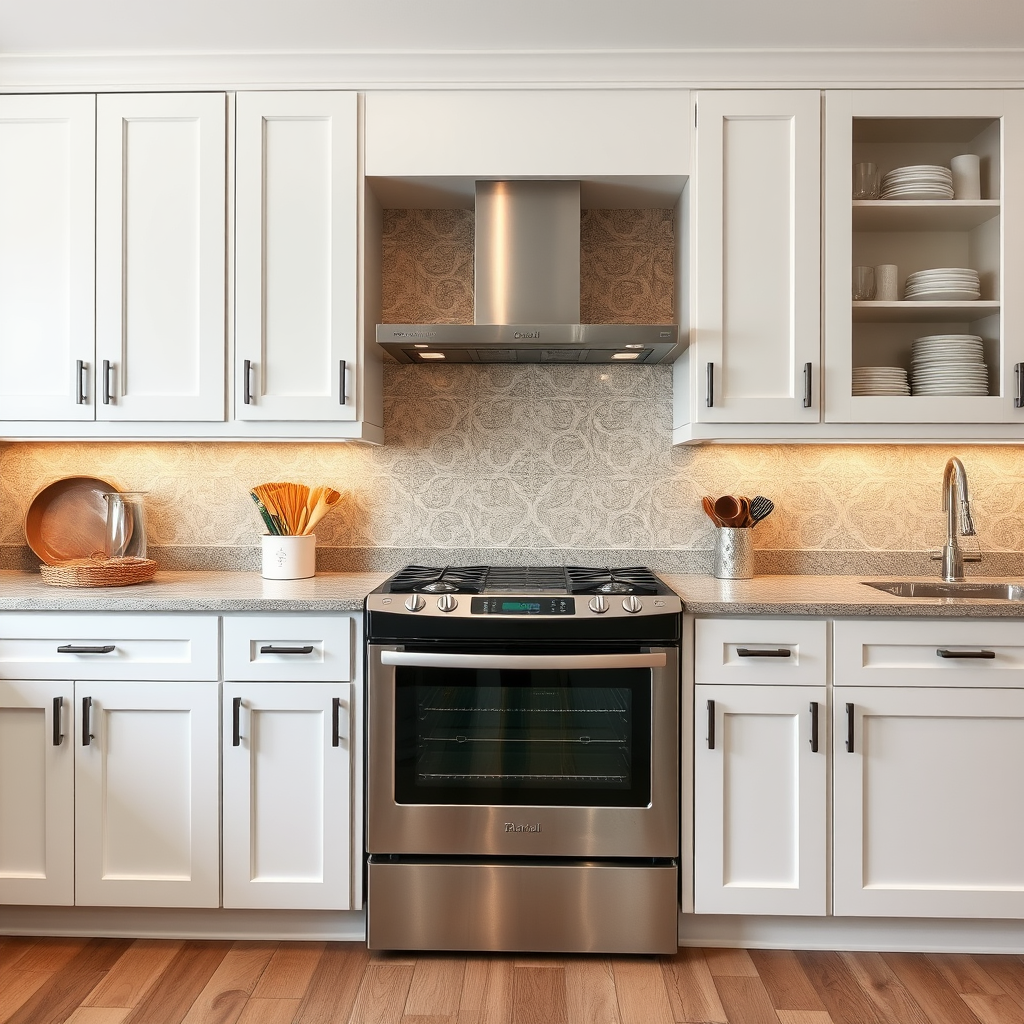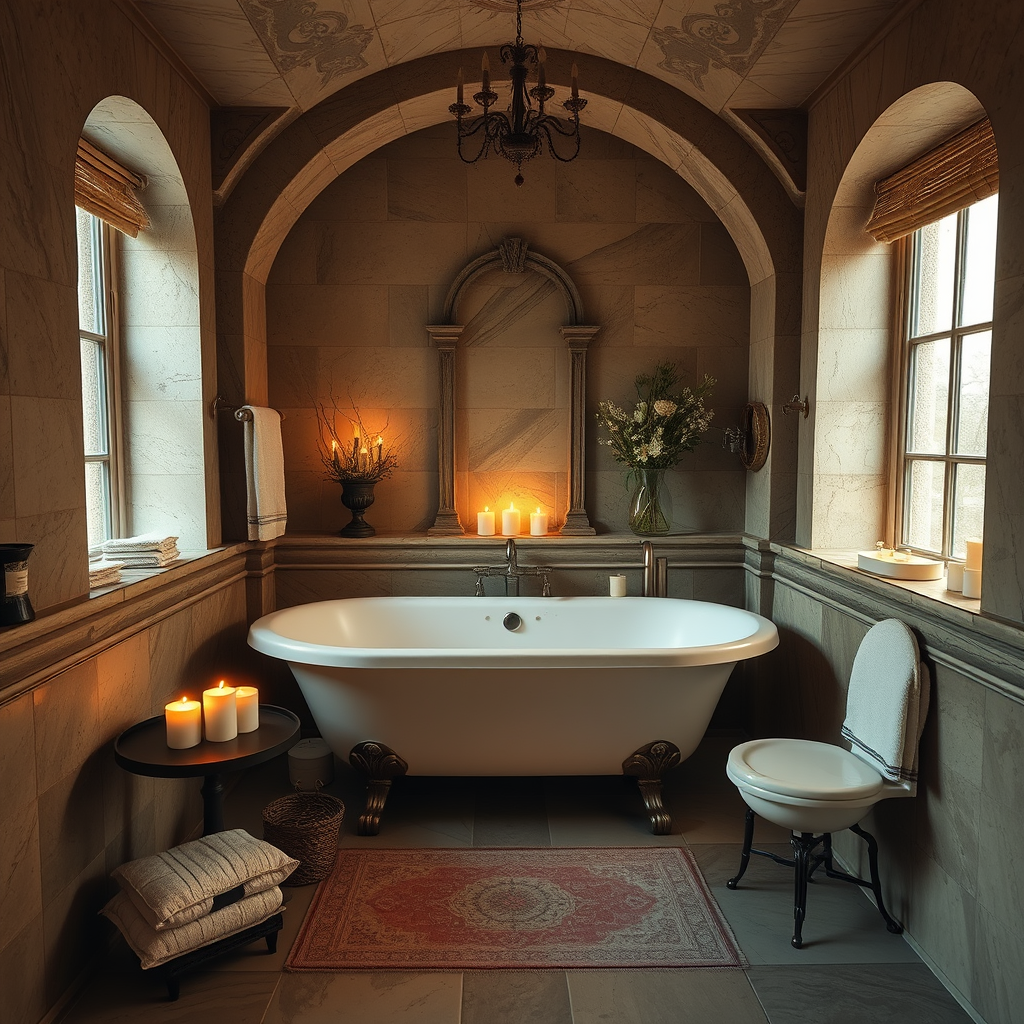Art Deco interior design, which emerged in the 1920s and 1930s, continues to enchant with its blend of sophistication, luxury, and modernity. This design style, characterized by its opulent materials, geometric patterns, and bold colors, remains a popular choice for those looking to infuse their spaces with a sense of elegance and historical charm.
#### The Birth of Art Deco
Art Deco, short for Arts Décoratifs, was first showcased at the 1925 Exposition Internationale des Arts Décoratifs et Industriels Modernes in Paris. The style was born out of a desire to move away from the elaborate and ornate designs of the past, embracing instead a vision of streamlined beauty and modern elegance. Influenced by a range of sources, from ancient Egyptian art to the sleek forms of industrial machinery, Art Deco reflected the optimism of the Roaring Twenties and the technological advancements of the time.
#### Key Characteristics of Art Deco Interior Design
1. **Luxurious Materials**
Art Deco interiors are known for their use of luxurious materials that exude opulence. Rich woods like mahogany and walnut, polished metals such as brass and chrome, and elegant stones like marble and onyx are central to the Art Deco aesthetic. These materials are often used to create high-impact visual effects and contribute to a sense of grandeur.
2. **Geometric Patterns and Symmetry**
Geometric patterns are a hallmark of Art Deco design. Bold shapes like chevrons, zigzags, and sunbursts frequently appear in various elements of the decor. These patterns are often symmetrical and repetitive, creating a sense of order and sophistication that defines the Art Deco style.
3. **Bold, Rich Colors**
The Art Deco color palette is both striking and sophisticated. Deep, vibrant colors such as emerald green, sapphire blue, and ruby red are often paired with metallics like gold, silver, and bronze. This combination of rich hues and reflective finishes creates a dramatic and glamorous atmosphere.
4. **Streamlined and Angular Forms**
Art Deco design emphasizes clean, streamlined forms and angular lines. Unlike the fluid curves of Art Nouveau, Art Deco features geometric shapes and straight lines. This approach is evident in furniture, architectural details, and decorative elements, reflecting the modern, machine-age aesthetics of the era.
5. **Opulent Details**
While Art Deco design favors streamlined forms, it also celebrates opulent detailing. Intricate craftsmanship, such as etched glass, lacquered finishes, and ornate metalwork, adds a touch of luxury and refinement to the decor. These details enhance the visual interest and elegance of the space.
6. **Elegant Furniture and Fixtures**
Art Deco furniture is both elegant and functional. Pieces are often characterized by their luxurious materials and distinctive designs. Furniture items like mirrored coffee tables, plush velvet sofas, and geometric-patterned rugs are common in Art Deco interiors. Fixtures such as crystal chandeliers and Art Deco lamps serve as both functional and decorative elements.
#### How to Create an Art Deco Interior
To achieve an Art Deco look in your space, consider the following design elements:
– **Choose a Glamorous Color Scheme**: Opt for a palette that includes rich, deep colors combined with metallic accents. This combination will help establish the luxurious feel of Art Deco design.
– **Incorporate Luxurious Materials**: Select high-quality materials for key pieces in your space. A marble table, a chrome-accented mirror, or a velvet armchair can serve as focal points in your Art Deco design.
– **Add Geometric Patterns**: Use geometric patterns in your textiles, wallpaper, or rugs. Look for patterns such as chevrons, art deco motifs, and angular designs to enhance the visual appeal of the room.
– **Invest in Statement Lighting**: Lighting fixtures are crucial in Art Deco interiors. Choose dramatic pieces like a crystal chandelier or a geometric lamp to create a focal point and enhance the overall ambiance.
– **Opt for Elegant Furniture**: Look for furniture with sleek lines, rich textures, and luxurious finishes. Art Deco furniture often features elegant designs that reflect the glamour of the era.
#### Art Deco in Modern Design
Although Art Deco originated nearly a century ago, its influence continues to be relevant in contemporary design. Modern interpretations of Art Deco blend classic elements with contemporary trends, creating spaces that honor the past while embracing the present. Designers today may incorporate Art Deco motifs in minimalist settings or combine them with modern furnishings to achieve a balanced and stylish look.
#### The Enduring Legacy of Art Deco
The timeless appeal of Art Deco interior design lies in its ability to convey luxury, sophistication, and modernity. The style’s emphasis on opulent materials, bold patterns, and elegant forms ensures that it remains a beloved choice for creating spaces that exude both historical charm and contemporary relevance.
Whether through a full-scale Art Deco renovation or by integrating select elements into a modern interior, the Art Deco aesthetic offers a way to celebrate a bygone era of elegance and innovation. By embracing the key characteristics of this iconic style, you can create a space that reflects both the grandeur of the past and the possibilities of the future.
#### Conclusion
Art Deco interior design offers a rich, glamorous approach to decorating spaces. With its focus on luxurious materials, geometric patterns, and bold colors, Art Deco provides a way to infuse your home with a sense of sophistication and historical allure. Its ability to adapt and inspire through modern design ensures that Art Deco remains a vibrant and cherished style in the world of interior design.

